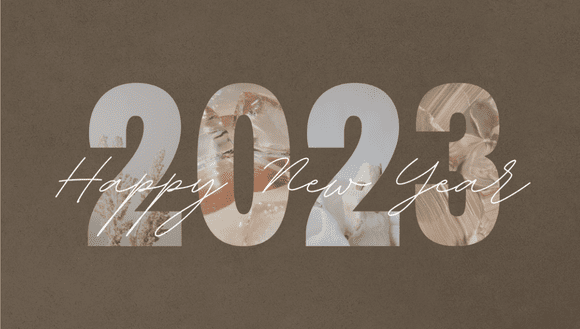
>Share this post<

by Lauren Cassidy
December 07, 2020
We’re taking a quick look at the shopping holiday and divulging the top 10 statistics that all retailers should consider – especially when it comes to preparing for the Christmas rush.
Globally, Black Friday sales were five times higher than on an average day. (Klarna)
Overall UK payments on Black Friday fell by 10% compared to 2019. (Barclaycard)
30% growth in YoY online sales during the week of Black of Friday
3 times as many retailers kicked off their sales in early November as in 2019. (Retail Week)
90% of all Black Friday shopping was done online in the UK. (Statista)
10% of online shoppers still chose to “Click and Collect” despite COVID19 restrictions. (Statista)
Mobile accounted for 52% of overall sales. (Kooomo)
Mobile abandoned baskets increased 80% on last year.
Retailers who utilised Black Friday landing pages increased revenue by 330% on a monthly average and increased conversion rates by 50%. (Kooomo)
Retailers who utilised Black Friday labels and standard offer category pages increased revenue by 160% on monthly average increased conversion rates by 38%. (Kooomo)
Now let’s take a look at what it all means…
Black Friday 2020 – Worldwide performance.
The number of purchases globally on Black Friday was five times higher than on an average day according to Klarna and found the most popular shopping category on Black Friday was electronics.
IMRG recorded a 30% growth in YoY online sales during the week of Black of Friday. However, UK figures from Barclaycard, Britain’s biggest credit card provider, show overall payments made on Black Friday fell by more than a 10th compared with Black Friday 2019 – highlighting the absence of in-store retail spending.
Statista also found that while 90% of shoppers had a preference for online this year, about 10% of it included online purchases with the click & collect option – exposing an opportunity for retailers to generate foot traffic in the run-up to Christmas.
Although overall sales plummeted on the day, many retailers started promotions much earlier in November this year – which may have diluted Black Friday sales. IMRG found that 10% of UK retailers were running a Black Friday campaign online as early as November 9 – more than triple the 3% who had done so at the same time the previous year.
Given the logistical issues that arose due to lockdowns and demands earlier in the year, we can assume that retailers took this experience into account and planned to spread demand across November. Thereby, reducing the likelihood of already stretched supply chains being overwhelmed.
mCommerce – a missed opportunity
On the Kooomo platform, mobile accounted for 52% of our overall sales, followed by desktop at 44% and tablet at only 4%.
While mobile took up the majority of sales on our platform, bounce rates were a major issue during Black Friday 2020. During a recent IMRG webinar, John Leslie of Ultra Commerce stated that bounce rates on mobiles were up 70% for the shopping holiday this year and abandoned baskets were up 80% – These abandonments largely happened upon check out.
Likely, checkouts were not fully optimised for mobile and/or extra costs (shipping, refund processes, etc) were not visible to consumers until this point. We’ve discussed the importance of clarity in some of our previous blogs, and this mistake led to a large amount of missed opportunities this year.
Read more: mCommerce: Maximising conversions over Black Friday.
The effect of content on eCommerce
Optimising product pages and utilising effective content appeared to provide a massive opportunity for our retailers this year.We found that having a Black Friday landing page had a great effect on increasing sales – even more so when it included details such as delivery times. On average, retailers who:
Utilised Black Friday landing pages – Increased revenue by 330% on monthly average and increased conversion rates by 50%.
Utilised Black Friday labels and standard offer category pages – Increased revenue by 160% on monthly average increased conversion rates by 38%.
Did nothing out of the ordinary – Increased revenue by 20% on a monthly average and increased conversion rates by 5%.
Using the stats to plan for Christmas…
Retailers should consider these findings as we prepare for the Christmas rush. Given the absence felt by closed stores in terms of overall spending, there will still be an opportunity to ramp up in-store transactions as a) consumers look to get out of the house and b) by offering click and collect as a means to drive and plan in-store footfall.Clarity of information will also play a role in successful eCommerce over the next month. Conversion rates are more likely to increase when there is upfront communication on returns and deliveries – a vital takeaway as Christmas Eve is essentially the red-letter day for gifts to arrive. There were also many missed opportunities for businesses who did not optimise their online store for mobile – a valuable lesson for other retailers who hope to maximise their sales before the year’s end.
For a frank analysis of this year’s Black Friday trends, why not tune into our recent discussion on IMRG’s Weekly Retail Data Show – Initial Black Friday Analysis Breakdown – with Gary Hammond, Head of Product at Koooomo.
More to explore
Here’s an overview of the latest improvements that are now available in the Kooomo platform.
In the next few years, we are foreseeing an impressive increase for the global retail industry. While this can be beneficial for the global eCommerce industry, it also means that there will be more competition, as well.

 en
en 

